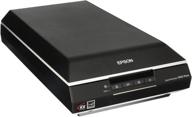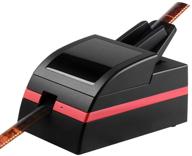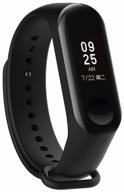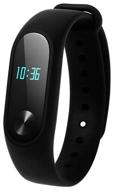
Review on Plustek OpticFilm 8200i SE Film and Slide Scanner | 7200 DPI, 48-bit Output | Infrared Dust and Scratch Removal | Silverfast SE Plus 8.8 Bundle | Mac and PC Support by Mohmed Burt

Excellent scanner with impressive software
I bought the Plustek 8200i two months ago and have been using it to scan hundreds of slides and negatives ever since. The scanner and the Silverfast software that came with it enabled me to begin creating a digital archive of my pre-digital camera-era analogue slides and negatives. I have found this scanner to be an invaluable tool for digging into my own past and I would highly recommend it to anyone with the time and inclination to undertake such a project. Installation and registration: I first installed on a Windows 8.1 computer using the discs that came with it. The installation instructions that came with it are a little confusing, but the installation went smoothly and I was promptly prompted to download and install the update. I also wanted to install the software on my Macbook Pro and it was a bit tricky. First I had to contact Silverfast to download the installation package as my Mac doesn't have an optical drive. But I also needed a new serial number to install the Mac. Silverfast allows you to use the software on multiple computers, but only with one scanner. So your software is tied to the scanner and the tracking involved can seem a bit tricky. Communication with Silverfast support was quick and efficient. The software has many options. Learning to scan slides and negatives effectively takes time and experimentation. You'll get amazing results quickly and easily, but if you want to get the most out of your data, you need to learn how to use the many features available. You also have to learn how to handle slides and negatives correctly and how to mount them on the brackets supplied. You will also need to check the film brand, type and ISO and set them to those settings or the closest alternatives in your scanning software. As already mentioned, many slides and negatives have dust and scratches. You can try cleaning them and I would recommend using compressed air very gently to remove any visible debris before installing the media. But this is where the 8200i really makes its living. It has an infrared scanning option that detects and removes scratches and dust on the image. It really works! I've scanned images that looked horrible in pre-scan, but showed no dust or scratch marks in the full IR scan. So experiment with this function early in your first tests! Another important feature is the ME option. Selecting ME tells the scanner to do two passes with two different exposures. The results of the two scans are averaged and the results are usually significantly better than a single scan. I almost always use this feature, although the difference between an ME scan and a non-ME scan is often subtle. Each additional scan IR scan and ME scan increases the total scan time for each image. Increasing the resolution also increases the scan time. Since my main concern is to view images on a monitor and not to print them out, I usually set the resolution to 2400 ppi. A higher resolution will not be noticeable on modern monitors. At this resolution, each TIFF file weighs just over 20MB. problems? The scanner crashed once or twice, for example when I put the Windows computer to sleep while the scanner was on and plugged in. I agree with other reviewers that the video-based help system takes a little getting used to, but it's especially helpful when you're first getting to grips with the software's interface. But overall, the 8200i exceeded my expectations. I usually set the resolution to 2400 ppi. A higher resolution will not be noticeable on modern monitors. At this resolution, each TIFF file weighs just over 20MB. problems? The scanner crashed once or twice, for example when I put the Windows computer to sleep while the scanner was on and plugged in. I agree with other reviewers that the video-based help system takes a little getting used to, but it's especially helpful when you're first getting to grips with the software's interface. But overall, the 8200i exceeded my expectations. I usually set the resolution to 2400 ppi. A higher resolution will not be noticeable on modern monitors. At this resolution, each TIFF file weighs just over 20MB. problems? The scanner crashed once or twice, for example when I put the Windows computer to sleep while the scanner was on and plugged in. I agree with other reviewers that the video-based help system takes a little getting used to, but it's especially helpful when you're first getting to grips with the software's interface. But overall, the 8200i exceeded my expectations. when the scanner was powered on and connected. I agree with other reviewers that the video-based help system takes a little getting used to, but it's especially helpful when you're first getting to grips with the software's interface. But overall, the 8200i exceeded my expectations. when the scanner was powered on and connected. I agree with other reviewers that the video-based help system takes a little getting used to, but it's especially helpful when you're first getting to grips with the software's interface. But overall, the 8200i exceeded my expectations.
- 7200 x 7200 dpi (69 megapixels) for 35mm negative film and slides. 48-bit input, 24/48-bit output
- Crumpled
New products
Comments (0)
Top products in 🖨️ Photo Printers & Photo Scanners

Canon Wireless Compact AirPrint Printing

11 Review

Experience Ultimate Color Accuracy with Epson Perfection V600 Colour Flatbed Scanner

15 Review

Pacific Image PowerFilm CCD Scanner: Fast 📷 and Automated 35mm Film Scanning at 6MP Speed!

11 Review

Black Canon Selphy CP1300 Wireless Compact Photo Printer: AirPrint and Mopria Device Printing

16 Review





